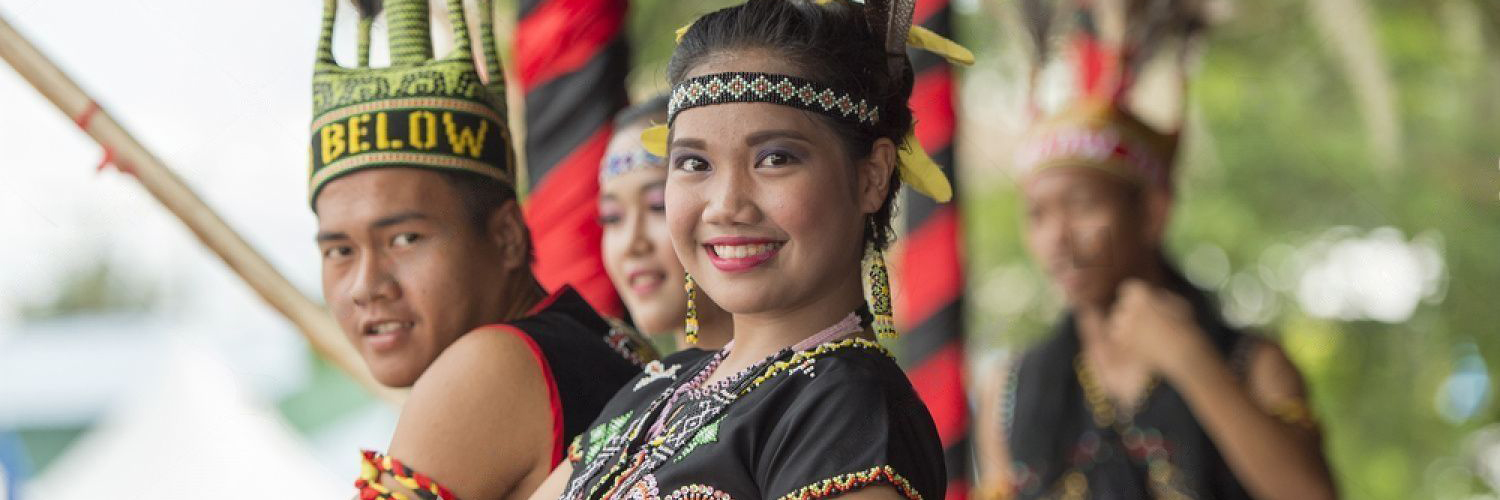
Dowries are common in many parts of the world, but marrying a girl in the Murut community of Sabah, takes the idea of the dowry to a different level.
Like many other customs, the Murut betrothal has its roots in ancient times, but the current generation is still diligently practising it.
The head-hunting Murut
“Murut” means people of the hill.
They live in the interior and southeastern parts of Sabah and the territory straddling the Kalimantan and Sarawak borders.
The Murut comprise subgroups such as Baukan, Gana’, Kalabakan, Okolod, Paluan, Sulangai, Serudung, Tagal, Timugon and the Beaufort and Keningau Murut.
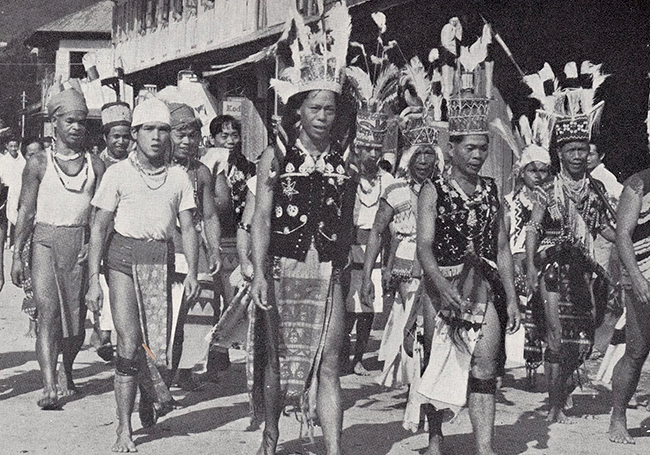
They are known as one of the fiercest head-hunting tribes on the island of Borneo.
Custom has it that a Murut man could not marry a girl until he had presented her with a head he had taken from an enemy. However, this quaint ritual is not known to be practised in this modern era.
More practical gifts like gold, pottery and jewellery have replaced heads as presents.
Dowry before the Murut wedding

The premarital deal males have to make when tying the knot with a Murut Tagal girl is still no simple affair.
Customary dowry practices ensure that the groom may not have to give up a head for his bride.
Before the wedding, the groom’s father arranges the wedding details and marriage with the prospective bride’s family.
The dowry negoatiation process starts during the engagement ceremony, also known as “Pinanamung“, where the price is discussed and terms are agreed upon.
However, the mandatory dowry is an item that will be deferred until later, sometimes much later, depending on the groom’s capability.
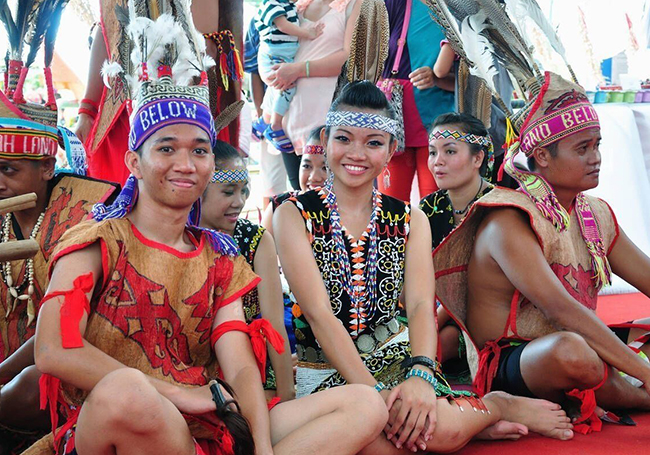
At this first stage, gifts of perhaps ten or more lengths of ‘sarong’ cloth are offered, as well as one or two “Kuali” (woks), some cash and some beads and gold rings.
The successful conclusion of the dowry negotiation is celebrated for as long as five days.
The marriage
The marriage ceremony, known as “Limpoho”, is usually held a few months after the engagement.
In the Murut Tagal culture, dowry is a gift that keeps on giving as the groom is expected to continue to make payments for as long as the premarital agreement dictates-sometimes for decades-until the entire dowry is settled.
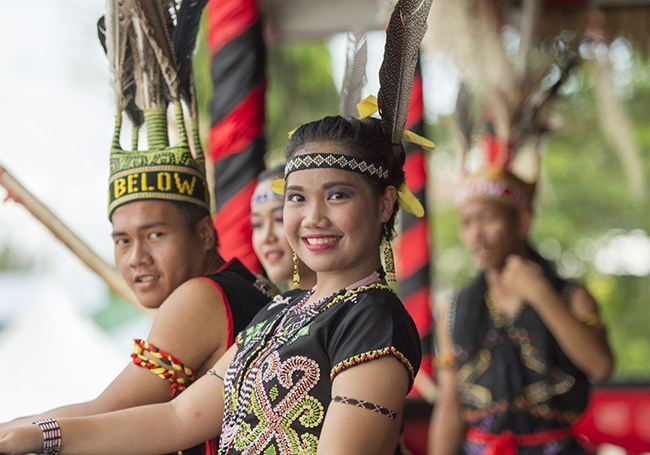
According to Cyril Alliston, who wrote the book Threatened Paradise: North Borneo and its people, the dowry consists of gongs, jars, clothes, beads, or cash are all acceptable, and in some areas, it is customary for the prospective father-in-law to indicate beforehand what he wants.
Nowadays, the dowry can consist of almost anything the bride’s parents desire–cash, a generator, a TV set or anything they ask for.
The in-laws’ wishes are also based on the terms agreed upon during the original premarital negotiations.
The misconception of the “Berian Sampai Mati.”
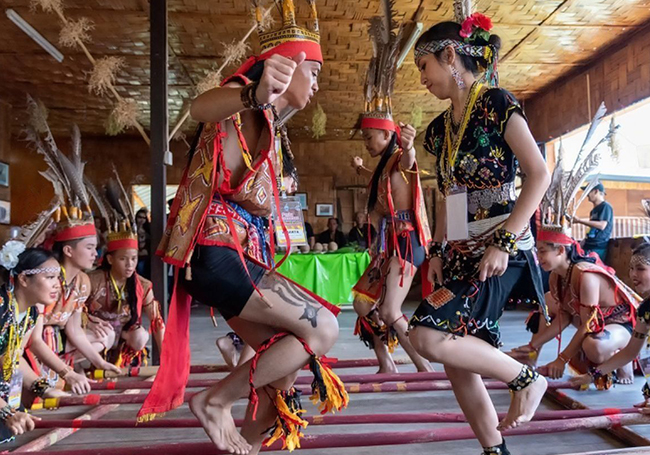
Many cultural enthusiast refers to the dowry in Murut community as “Berian Sampai Mati” (lifetime dowry).
Rosdi Bambangan, a Murut Tagal culture researcher, said that the concept of dowry in the community is misunderstood, especially by western researchers.
He said that the dowry culture in the Murut Tagal community is based upon the “Ahihinsuup” concept, which means helping each other. The bride and groom’s family practises the spirit of helping each other throughout the marriage.
Rosdi added that the dowry is given in three ways: first, when the groom is already in possession of the dowry items, second, when the bride’s family is in need and finally when the bride’s family demands the dowry by having a ceremony.
“There is no such thing as “Berian Sampai Mati” (lifetime dowry). The dowry giving doesn’t last until the lifetime of the groom, as sensationalised by many irresponsible writers,” said Rosli during an interview.
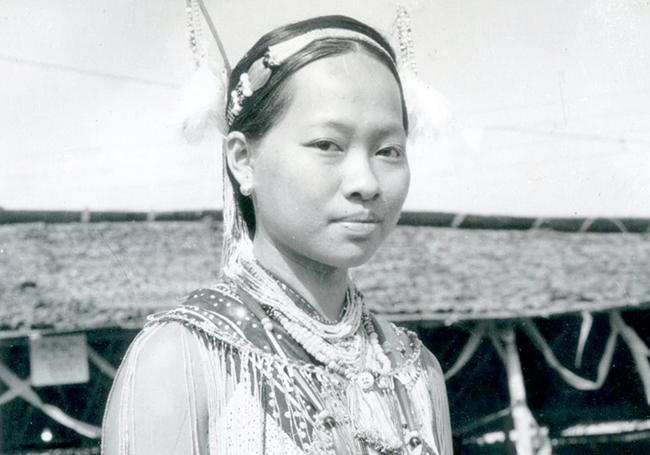
Sherwood G. Lingenfelter wrote in a paper titled Social Organization of Sabah Societies: “Every year, the wife-giver (father-in-law) is obliged to help the wife taker (son-in-law) prepare his rice field. If he cannot go, he must send a substitute. In return for his labour, the wife-taker will give the wife-giver a gong, an heirloom jar or some other item of bridewealth.”
He also added that the whole process elevates the stature of the family in the eyes of the Murut community.
The final settlement of the dowry
When the final payment of the dowry is made, the groom must organise a ceremony. This ceremony is known as “Tina’uh”.
According to Suzzane A. Harris, who researched the Murut Tagal community, the “Tina’uh” ceremony also gives social prestige to the wife-giver.
This celebration will last for at least five days and include the families of the bride and groom and the entire village.
Former Rural Development Minister Datuk Seri Panglima Radin Malleh said that the dowry, in effect, means the generosity of the son-in-law to meet any request from the in-laws.
“Such a platform should not be seen as a burden but as a platform to strengthen the family ties,” he added.
The Murut community will always view their customs as one of the essential aspects of their lives. The groom will have to continue giving the dowry, no matter how painful it is, until it is settled.


